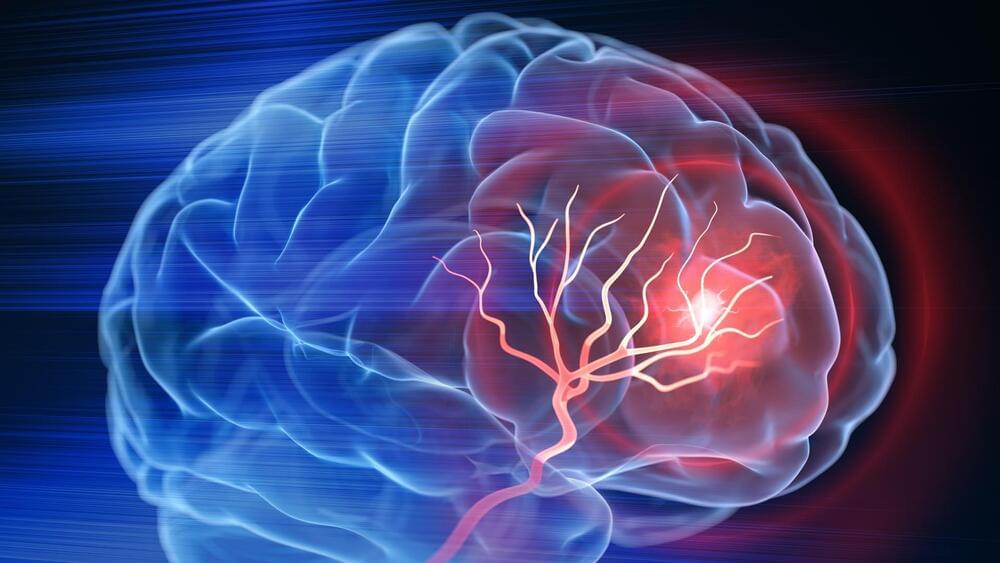
Get the latest international news and world events from around the world.









Customer retention challenges? This company can help with ‘multidimensional’ data listening
California-based StepFunction, which helps enterprises improve customer retention rate, has raised $5 million.
Were you unable to attend Transform 2022? Check out all of the summit sessions in our on-demand library now! Watch here.
Modern-day software-as-a-service (SaaS) enterprises are racing to acquire new users and convert them into paying customers. The rush is great for the industry, but it has also left many organizations looking at only half of the picture.
Case in point: The extensive focus on gaining new paying customers but not so much on post-sale constructs — including customer success, customer care and professional services — could not only improve customer retention but also help grow the business at the same time.